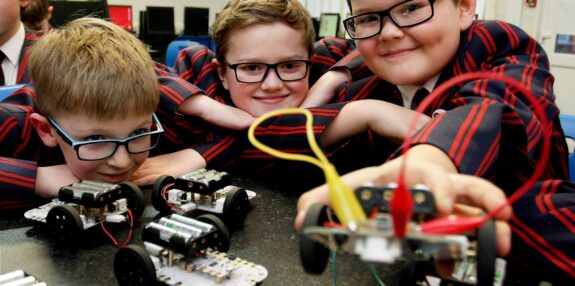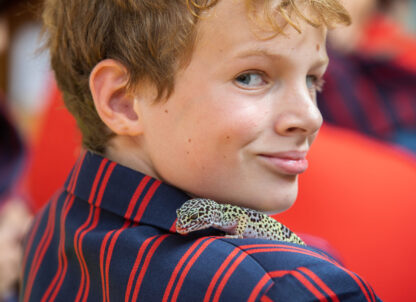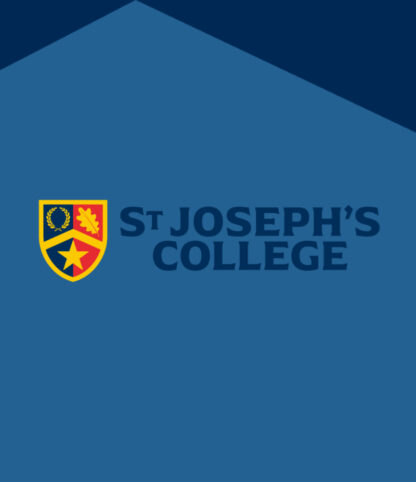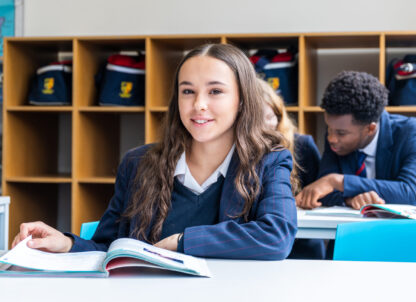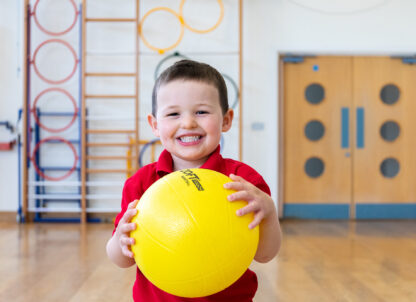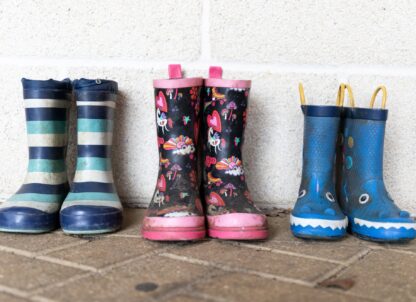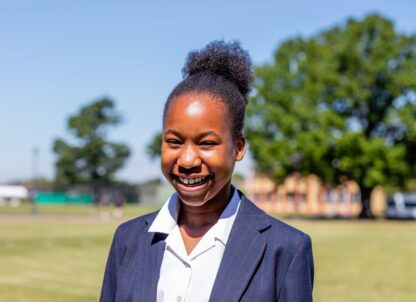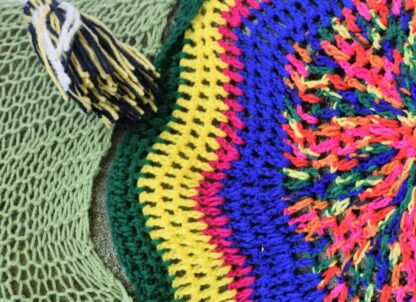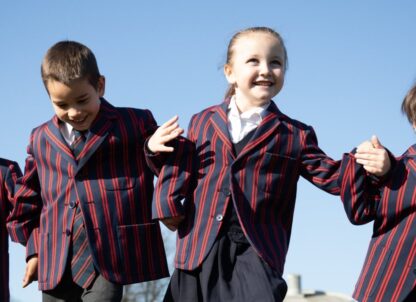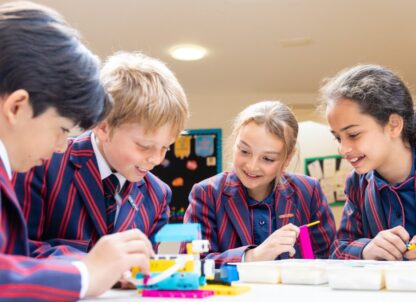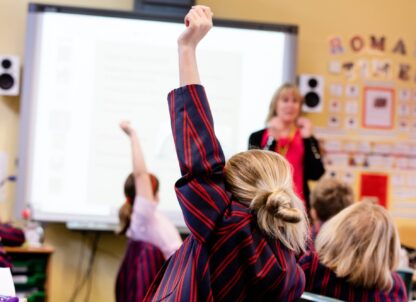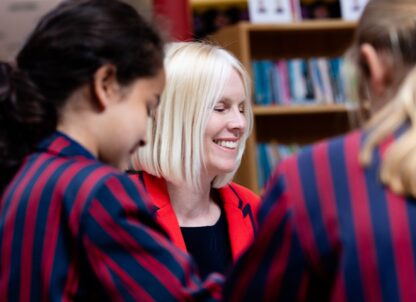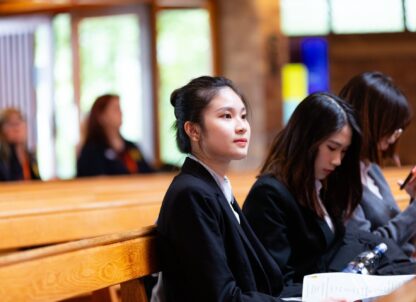Information Communication Technology has been replaced on the National Curriculum by Computing. The aim being to provide pupils with a clearer understanding of how computers, software, the internet and search engines actually work. It also enables our pupils to do three things:
- Design systems,
- Understand the impact of technology on our lives, and
- Develop computational thinking as a means of solving problems.
The Three Strands of Computing
Computing is split into three strands: Computer Science (programming or coding, and problem solving); Information Technology (using spreadsheets, creating presentations and manipulating graphics); and Digital Literacy (encompassing e-safety and teaching pupils how to select the most appropriate digital content).
Prep School Programming
Pupils from Reception age are taught the concept of computational thinking by learning about sequences of instructions. This then moves on to the use of Bee-Bots or Cubetto which have a range of commands (such as forward, left turn 90 degrees and go). The pupils build up sequences of instructions which provide a physical link between a list of abstract instructions and tasks carried out by robots in the real world.
In Year One and Two, more complex physical and virtual scenarios are introduced, e.g., increased angles of turn or avoiding hazards. Programs such as ‘Scratch Junior’ and ‘2Code’ also allows pupils to select command sequences without using difficult programming code. The problem solving abilities needed to debug algorithms are also developed using these online programs.
By Year Three and Four, the pupils use a much wider range of scenarios; such as programming a character to perform a set of commands, or designing a self-correcting Mathematics game with cross-curricular links. They also become more familiar with programming ‘languages’ such as LOGO and Scratch, and are able to generate their own code. More ambitious tasks include writing HTML code to create their own webpages.
Year Five and Six learn to transfer computational thinking skills to new situations, which is vital preparation for senior education. The pupils are also able to debug programs, and become familiar with ‘if then’ statements, simultaneous sequences, variables, sub-routines, and colour detection. They have become so adept at Computer Science that our Year 5 children won the Regional RoboCup Inspired Line Tracking Competition. RoboCup is project-orientated educational robotics, with a focus on providing a hands-on scaffolded environment where learners can expand their computing knowledge and curiosity of technology.
Mrs Vanessa Wood
Assistant Principal Head of Prep School

